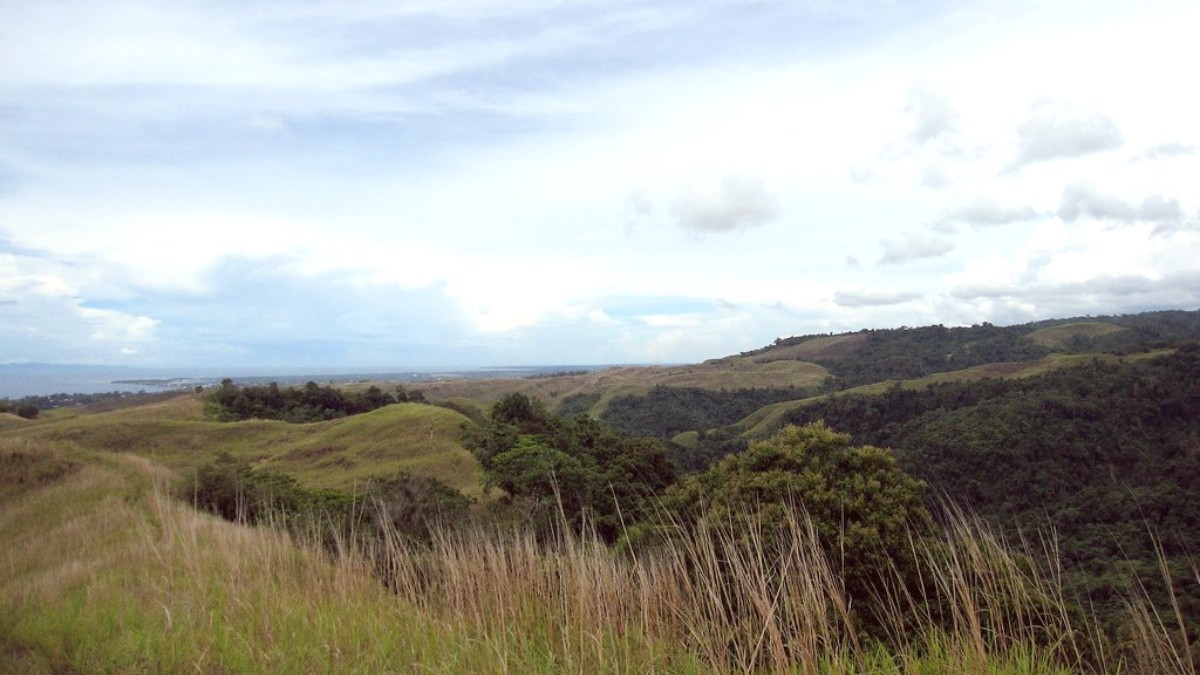
Solomon Islands
The main form of public transport consists of privately owned minivans or modified buses, locally known as "route taxis" or "public buses." They operate on fixed routes along the city's main roads.
They pick up and drop off passengers anywhere along their designated route. Simply wave them down when you see one approaching.
Privately owned minivans operating fixed routes, common and affordable.
Wave them down. Confirm route with driver. Be prepared for crowded conditions.
Much cheaper than private taxis, they offer an authentic way to get around.
Available from local companies and airport. Need valid license, IDP.
Very limited or non-existent for tourists.
Not available, nor common for tourists.
Drive on the right-hand side. Roads outside Honiara are rough.
Walking and cycling in Honiara present challenges due to infrastructure and traffic conditions.
Available for organized excursions to World War II historical sites.
Not common for intra-city travel, but essential for inter-island trips.
Honiara does not feature cable cars, funiculars, or other unique mechanized local transport systems.
Honiara’s public transport system offers an authentic and budget-friendly way to move around the city.
Ask the driver or a local for clarification before boarding to ensure it heads in your desired direction.
Avoid going astray.
Expect crowded conditions, especially during peak hours.
Embrace the local experience.
Have small denominations of SBD cash ready for your fare. You pay upon entry or exit.
Small bills are preferred.
While feasible for some, walking and cycling in Honiara often have limitations.
Honiara has very limited accessibility infrastructure. Public transport and many buildings lack ramps or elevators.
Tour buses are available for organized excursions, especially to WWII historical sites.
Arrange these through tour operators or directly with local boat owners for diving or island visits.
Embrace Honiara's local transport for an authentic experience and cost savings. "Route taxis" are the most common and affordable way to get around.
For destinations outside the city, or for specific excursions like diving, arranging a private taxi or boat via your accommodation or a reputable tour operator is advisable.